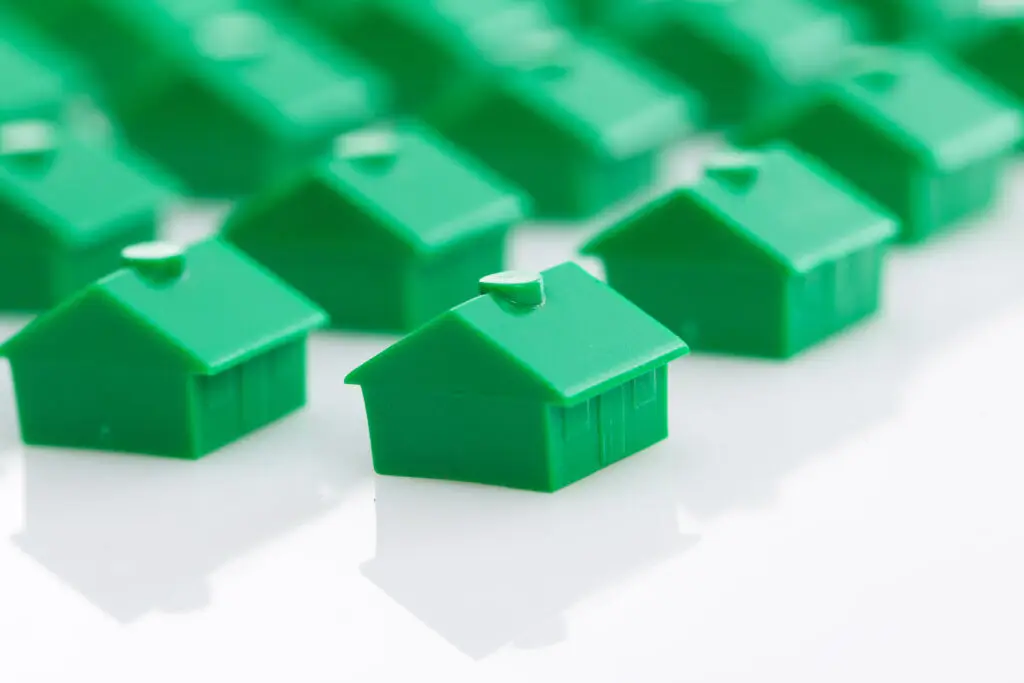In a world grappling with climate change and rising energy costs, the Passive House (or Passivhaus) standard has emerged as a beacon of hope, offering a revolutionary approach to building design that prioritizes energy efficiency, comfort, and sustainability. While the concept might sound new to some, its roots date back to the energy crisis of the 1970s, and it has since evolved into a globally recognized standard for creating high-performance buildings.
At its core, a Passive House is an ultra-low-energy building that requires minimal energy for heating and cooling. It achieves this remarkable feat not through complex technologies, but rather through meticulous design and a focus on five fundamental principles: superinsulation, airtight construction, high-performance windows and doors, thermal bridge-free design, and heat recovery ventilation.
1.
The first principle, superinsulation, involves using significantly thicker and higher-quality insulation than conventional buildings. This creates a robust thermal envelope that minimizes heat loss in winter and heat gain in summer, drastically reducing the need for active heating and cooling systems.
2.
Next, airtight construction ensures that the building envelope is as airtight as possible, preventing uncontrolled air leakage and drafts. This is crucial because even small gaps and cracks can significantly compromise energy efficiency and comfort. By sealing these leaks, Passive Houses maintain a consistent indoor environment and maximize the effectiveness of the ventilation system.
3.
High-performance windows and doors play a pivotal role in Passive House design. These components typically feature triple glazing and insulated frames, maximizing solar heat gain in winter while minimizing heat loss. They also contribute to sound insulation and create a bright, inviting interior.
4.
Thermal bridge-free design is another key principle. Thermal bridges are areas where heat can easily escape through the building envelope, such as at wall-floor junctions or around window frames. Passive House design eliminates or minimises these bridges through careful detailing and the use of insulating materials, ensuring a continuous and effective thermal barrier.
5.
Finally, heat recovery ventilation (HRV) is the heart of a Passive House. This mechanical ventilation system continuously supplies fresh, filtered air while extracting stale air. Crucially, it recovers most of the heat from the outgoing air to preheat the incoming air, maintaining a comfortable indoor temperature and excellent air quality without the need for traditional heating systems.
By adhering to these five principles, Passive Houses achieve extraordinary energy efficiency, often using up to 90% less energy for heating and cooling compared to standard buildings. This translates to significant cost savings for homeowners and a drastic reduction in carbon emissions, contributing to a more sustainable future.
But Passive Houses are not just about energy efficiency. They also offer superior indoor comfort. The consistent temperatures, draft-free interiors, and excellent air quality create a healthy and pleasant living environment, promoting well-being and reducing the risk of respiratory problems.
Moreover, Passive Houses are built to last. The high-quality materials and construction methods ensure durability and longevity, minimizing maintenance costs and maximizing the return on investment. They are also designed to be resilient to climate change, providing a safe and comfortable haven even in extreme weather events.
As the world becomes increasingly aware of the urgent need to reduce carbon emissions and conserve energy, the Passive House standard is gaining traction as a viable and effective solution. It is no longer a niche concept but a mainstream movement that is transforming the way we live.

We hope we have answered you question, “what is passive house?” but if you need more information please feel free to contact us where we will be happy to provide more information.
Really the best answer to “what is passive house?” is that it is the future of sustainable construction.